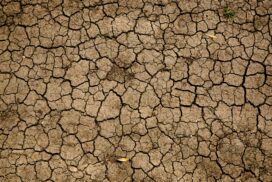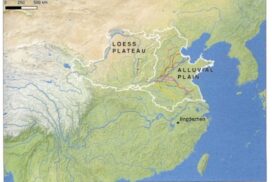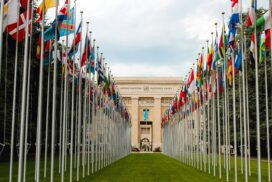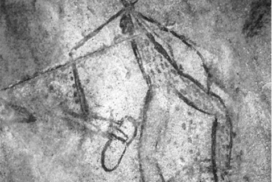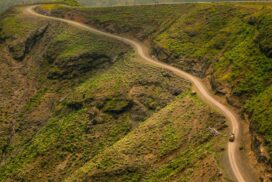A blog devoted to the research and teaching of the history of humanity, aimed at enlivening the teaching of history, linking it to current social problems and debates.
Environment Since the 1980s
Environmental degradation continues to outpace reform. What are the key factors driving this crisis and humanity's understanding of it? And what might offer the best chance of limiting environmental collapse?
A Timeline of the Rise of Environmentalism: 1940s–1970s
Climate and the environment are top policy issues today. In this blog post—the first in a two-part series—I trace the history of these topics. I highlight key trends and moments in history that exacerbated environmental degradation, as well as those that shaped public opinion about such destruction. I also outline key scientific advances that have… Read More »A Timeline of the Rise of Environmentalism: 1940s–1970s
Early Modern History: Porcelain and the Yellow River in China
Early Modern History, a subfield of World History, explores the centuries before 1800 CE. The Journal of Early Modern History, since 1997, has shown the importance of global interactions for the period from 1300 to 1800 CE. In addition, recent studies are expanding the scope of the “early modern” era to even earlier times, including… Read More »Early Modern History: Porcelain and the Yellow River in China
Why Is Democracy on the Decline? A Look at Global Trends from V-Dem
The 2024 V-Dem report on global democracy seeks to explain the rise in autocracy around the world. I explore this report through comparisons of global politics at different levels—and consider what effect international organizations may have on democracy.
The Campaign for United Nations Reform
The campaign to reform the United Nations Security Council may indeed come to a head at the Summit of the Future in September. What are the key aspects of this debate? What might happen if the campaign succeeds? Or if it fails?
Who Rules the World Today?
If the United Nations and its members can resolve the current crisis in Gaza—by ending the war and moving toward the recognition of a Palestinian state—U.S. officials will likely learn to pay more attention to the UN, its significance, and its structures.
World History and Its Subfields
Exploring the subfields of history is not only valid but valuable. Understanding these topics generates new ideas and perspectives about world history—and reveals important connections, causation, and interactions.
Great Powers Decline But Persist
The G7 nations or Western powers remain wealthy, but other nations are becoming their equals. Here are four chapters on significant trends and events that continue to shape the future of the G7 nations—and the world order.
Language, Migration, and Social Change
As a reminder of the value and the practical usability of language evidence for human history, here is a set of four case studies of the distribution and migration of language communities and the associated social change.
BRICS and the Changing Global Order
Founded in 2009, BRICS is a recent development of international politics and economics. What are this group's primary aims? How has it shifted the global order? And in what ways does BRICS coexist, interact, or conflict with other global forums, such as the G7 and G20?
Ethnic Groups Make History
In his new book, historian James Quirin examines the oral traditions, cultural practices, and written records of the Beta Israel, a community of farmers and artisans who lived near the Ethiopian kingdom. Quirin uncovers a lively historical record, showing how small ethnic groups can create significant historical change.
UNESCO—the U.S. Rejoins
The United States is set to rejoin UNESCO. As a member state, the U.S. will pay annual dues and participate in global discussions ranging from global cultural heritage to regulations on the use of artificial intelligence.
